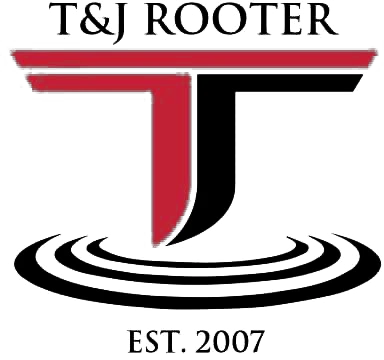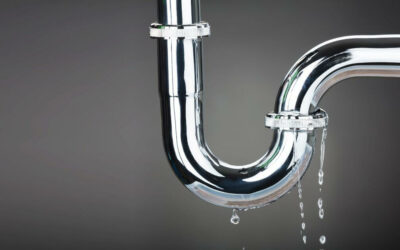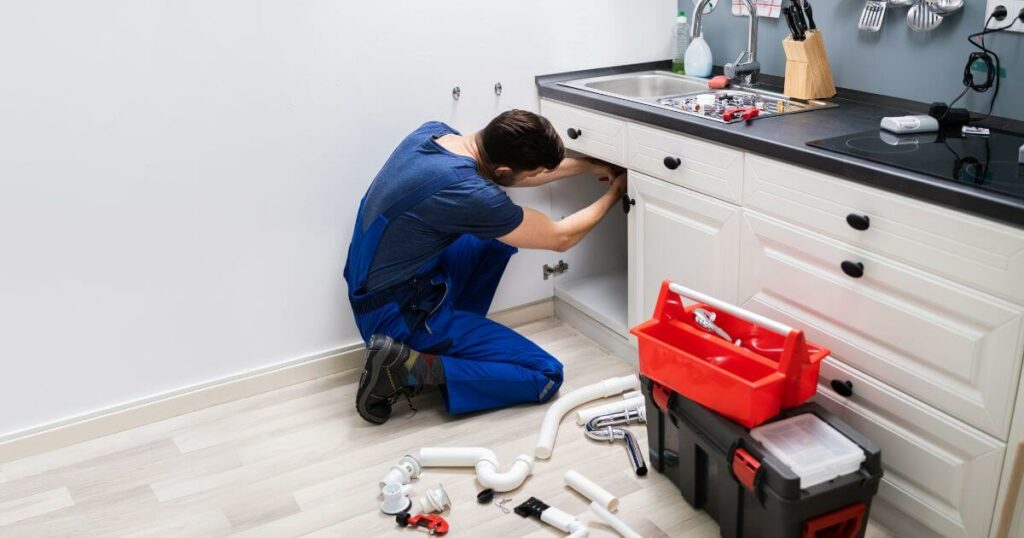
When a sudden water leak springs in your home, it’s more than just an inconvenience—it’s a race against time to prevent damage and costly repairs. This guide dives into the essentials of managing such emergencies, from early detection signs like unexplained spikes in water bills and the ominous sound of running water when all taps are off, to decisive action steps including shutting off the water supply and minimizing damage. It also outlines when it’s crucial to call in a professional plumber and offers insights into DIY temporary fixes for minor leaks. Beyond immediate responses, we delve into preventative measures to safeguard your home against future leaks, highlighting the importance of regular maintenance and the benefits of installing leak detection systems. Equipped with this knowledge, you’ll be prepared to tackle sudden water leaks head-on, minimizing their impact on your home and ensuring peace of mind. When facing such situations, T&J Rooter Services, whose plumbers take care of all your leaks, becomes an indispensable resource for homeowners.
What is a sudden water leak?
A sudden water leak is an unexpected release of water within your home’s plumbing system, often resulting from damaged pipes, faulty connections, or wear and tear. It can lead to immediate water damage, potentially affecting your home’s structure and your belongings. Identifying these leaks early is crucial to prevent extensive damage and reduce repair costs. Understanding the common signs of a sudden leak, such as wet spots on floors or walls and the sound of running water when taps are off, is the first step in effectively managing and mitigating its impact.
Identifying the source of the leak
Pinpointing the origin of a water leak is pivotal in halting its progression and averting further damage. Key indicators include an unexplained increase in water bills, signaling excessive water use, and wet spots on floors or walls, which suggest the presence of a leak. Another telltale sign is the sound of running water when all taps are securely turned off, indicating water movement where there shouldn’t be any. Common culprits behind these leaks are often leaky faucets and showerheads, broken water supply lines, or damaged pipe joints. Recognizing these signs and sources enables homeowners to take swift action, either by applying temporary fixes or seeking professional help, thus minimizing the impact of leaks on their property.
Signs of a water leak
- Unexplained increase in water bills: This often signals a hidden leak, as it indicates water is being consumed without your knowledge.
- Wet spots on floors or walls: Visible cues that water is escaping from somewhere it shouldn’t.
- The sound of running water when all taps are off: Can point to a leak within the walls or under the floors, where pipes are out of sight.
Common sources of water leaks in homes
- Leaky faucets and showerheads: These can drip unnoticed, wasting gallons of water over time.
- Broken water supply lines: Can cause significant damage, as they supply water under pressure, making leaks more severe.
- Damaged pipe joints: Prone to failure over time due to stress, corrosion, or subpar installation, leading to leaks that can be challenging to detect until they cause noticeable damage.
Steps to take immediately after detecting a water leak
Upon discovering a water leak, the first critical step is to shut off the water supply to prevent further damage. This involves locating the main shut-off valve, which controls the flow of water into your home. For leaks associated with specific fixtures, turning off the water at the source can be a quick, targeted approach. Next, focus on minimizing water damage by removing standing water with mops and towels, and moving furniture and valuables to a dry area. Documenting the damage is also essential for insurance purposes; take photos of the affected areas and list all damaged property. These immediate actions can significantly mitigate the effects of a leak, paving the way for effective repair and recovery.
Shutting off the water supply
Immediately halting the water flow is crucial. This action prevents the leak from worsening and causing more damage.
Locating the main shut-off valve
Identify and access your home’s main shut-off valve. This valve is typically found in basements, near the water meter, or outside the house.
Turning off water at the source for specific fixtures
If the leak is coming from a specific fixture like a sink or toilet, you can stop the water directly at the source by turning off the valve located under the fixture.
Minimizing water damage
Act swiftly to reduce the impact of the leak. This involves quick and effective water removal and protection of your home’s interior.
Removing water with mops and towels
Use mops, towels, or sponges to soak up and remove standing water. This step is vital in preventing further water damage to floors and furnishings.
Moving furniture and valuables to a dry area
Relocate items away from the affected area to prevent water damage. Focus on saving items that are most vulnerable to water.
Documenting the damage for insurance purposes
Create a detailed record of the damage caused by the leak. This documentation is essential for filing an insurance claim.
Taking photos of the damaged areas
Photograph all areas impacted by the leak. These images serve as evidence of the damage for your insurance company.
Listing all damaged property
Compile a comprehensive list of all items damaged by the water leak. This list will be crucial for insurance claims and replacement of items.
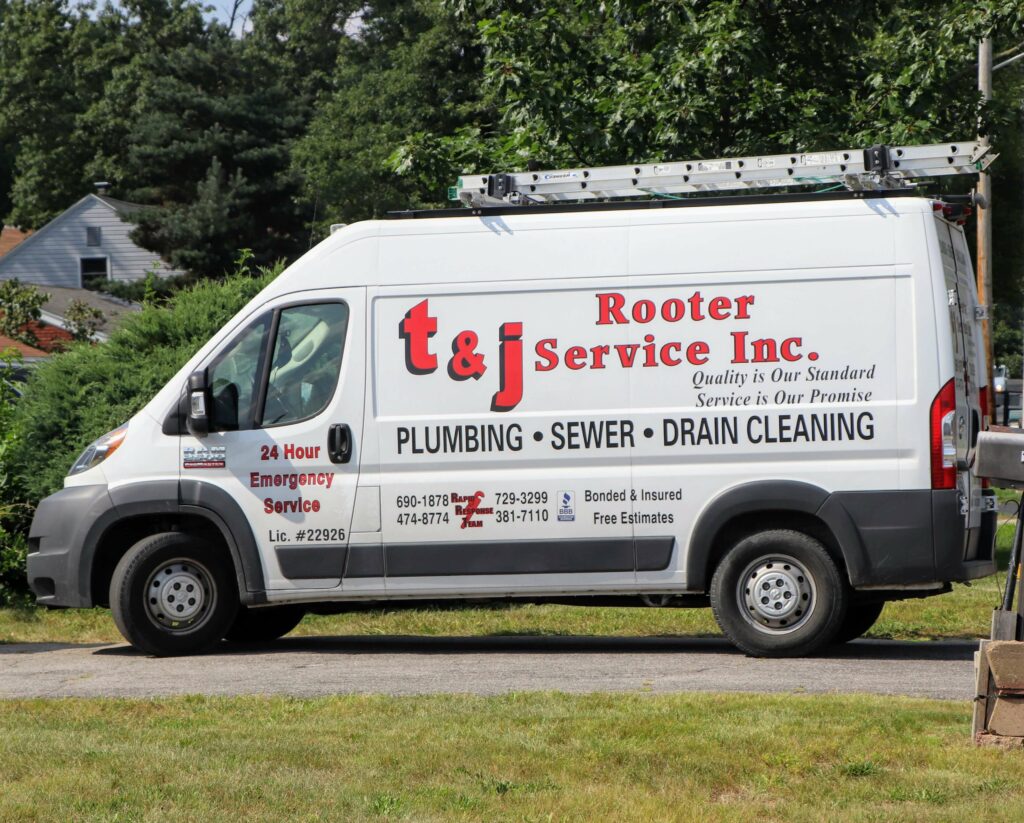
When to call a professional plumber
Certain situations necessitate the immediate intervention of a professional plumber. Major pipe bursts and sewage backups are critical scenarios where DIY fixes are not advisable due to the potential for extensive damage and health risks. Professional plumbers bring expertise in identifying and fixing the root cause of the problem, along with access to the right tools and equipment. Their skills ensure that the issue is resolved quickly and efficiently, preventing further damage and ensuring the safety and integrity of your plumbing system. In these instances, calling a professional is not just a matter of convenience but a crucial step in safeguarding your home.
Situations requiring immediate professional intervention
- Major pipe bursts: These can cause significant water damage in a short amount of time, necessitating the expertise of a professional plumber to resolve quickly.
- Sewage backups: Such incidents pose serious health risks and require specialized knowledge and equipment to safely and effectively address.
Benefits of hiring a professional for emergency plumbing
- Expertise in identifying and fixing the root cause: Professional plumbers have the training and experience to diagnose the underlying issue accurately, ensuring a long-term solution rather than a temporary fix.
- Access to the right tools and equipment: They are equipped with the necessary tools and technology to repair complex plumbing problems efficiently, saving time and minimizing damage.
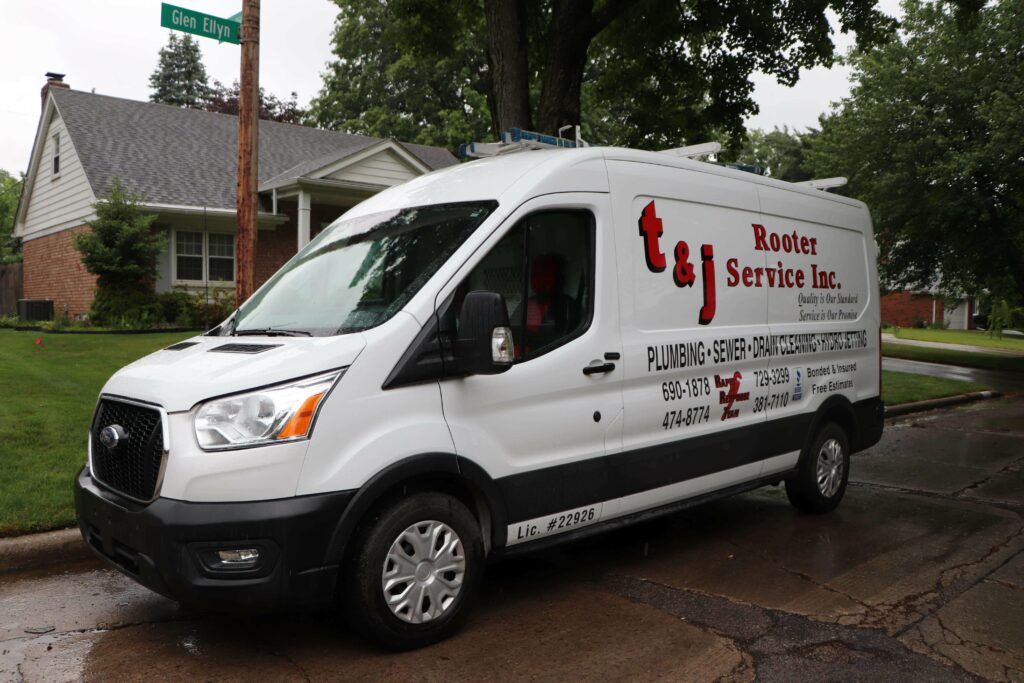
DIY temporary fixes for minor leaks
For minor leaks that don’t immediately threaten extensive damage or require professional intervention, several DIY solutions can provide a temporary fix. Using epoxy putty or pipe clamps can effectively seal small leaks, offering a stopgap solution until a more permanent repair can be made. Applying epoxy putty involves molding it around the leak site, where it hardens and seals the leak. Using pipe clamps is another method, which involves clamping them around the damaged section of the pipe to temporarily stop the leak. Additionally, applying waterproof tape around the leak site can also prevent water from escaping. These methods are practical for managing minor leaks, buying time until professional repairs can be undertaken.
Using epoxy putty or pipe clamps
Epoxy putty and pipe clamps are effective tools for addressing minor leaks temporarily.
Applying epoxy putty to seal small leaks
Epoxy putty can be molded around the leak site. Once hardened, it creates a seal that stops the leak.
Using pipe clamps for temporary pipe repair
Pipe clamps can be fastened around a damaged pipe section, providing a temporary hold that prevents water from leaking.
Applying waterproof tape
Waterproof tape is another quick fix for minor leaks.
Wrapping the tape tightly around the leak site
By wrapping the tape tightly around the affected area, it acts as a barrier, preventing water from escaping until a more permanent solution is applied.
Preventing future water leaks
To safeguard your home against future water leaks, adopting proactive measures is key. Regular maintenance, such as inspecting pipes and fixtures periodically, plays a crucial role in early detection of potential problems. Replacing old or corroded pipes before they fail can prevent leaks from occurring. Additionally, the installation of water leak detection systems offers an advanced layer of protection by alerting homeowners to the presence of leaks before they cause significant damage. These systems range from passive leak detectors, which sound an alarm when a leak is detected, to active leak detectors, which can automatically shut off the water supply to minimize damage. Incorporating these preventive strategies into your home maintenance routine can significantly reduce the risk of water leaks, ensuring the longevity of your plumbing system and the safety of your home.
Regular maintenance tips
- Inspecting pipes and fixtures periodically: Regular inspections can catch issues before they escalate into major problems.
- Replacing old or corroded pipes: Updating aging pipes reduces the risk of leaks and water damage.
- Installing water leak detection systems: These systems provide an extra layer of protection by identifying leaks early.
Types of water leak detectors
- Passive leak detectors: These devices sound an alarm when they detect moisture, alerting homeowners to potential leaks.
- Active leak detectors: Active detectors go a step further by automatically shutting off the water supply when a leak is detected.
Benefits of using leak detectors
- Early detection of leaks: Allows for immediate action to be taken, minimizing damage.
- Preventing costly water damage: By catching leaks early, these devices can save homeowners a significant amount of money in repairs and lost property.

